Project Proposal: Road Construction Utilizing Recycled Plastic Waste
VerifiedAdded on 2023/06/07
|20
|1655
|365
Report
AI Summary
This research paper proposes the use of plastic waste in road construction as a sustainable alternative to conventional bitumen. It addresses the growing problem of plastic waste accumulation and explores how modifying waste plastics can improve road surface water resistance, density, stability, and binding properties. The research methodology includes interviews with stakeholders, site visits, and a review of existing literature on plastic waste management and road construction techniques. The project analysis anticipates potential problems with data collection, such as interviewer bias and translation difficulties. The report also reflects on the benefits and drawbacks of using plastic waste in road construction, including waste segregation, reduced pollution, and potential issues related to temperature and rainfall. The conclusion emphasizes the improved properties and performance of roads constructed with modified bitumen and processed waste plastics, offering a sustainable and cost-effective solution.
1 out of 20
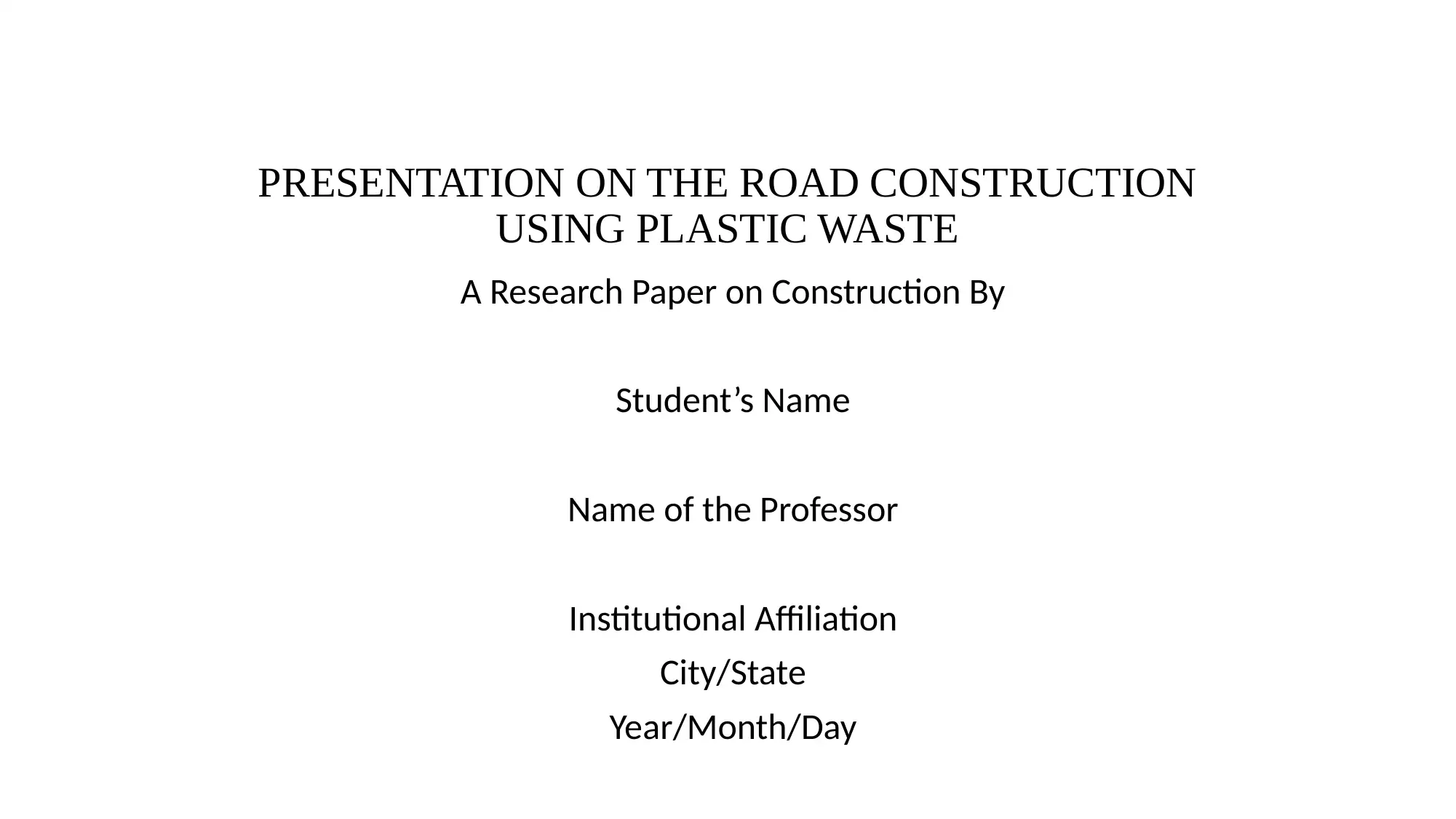
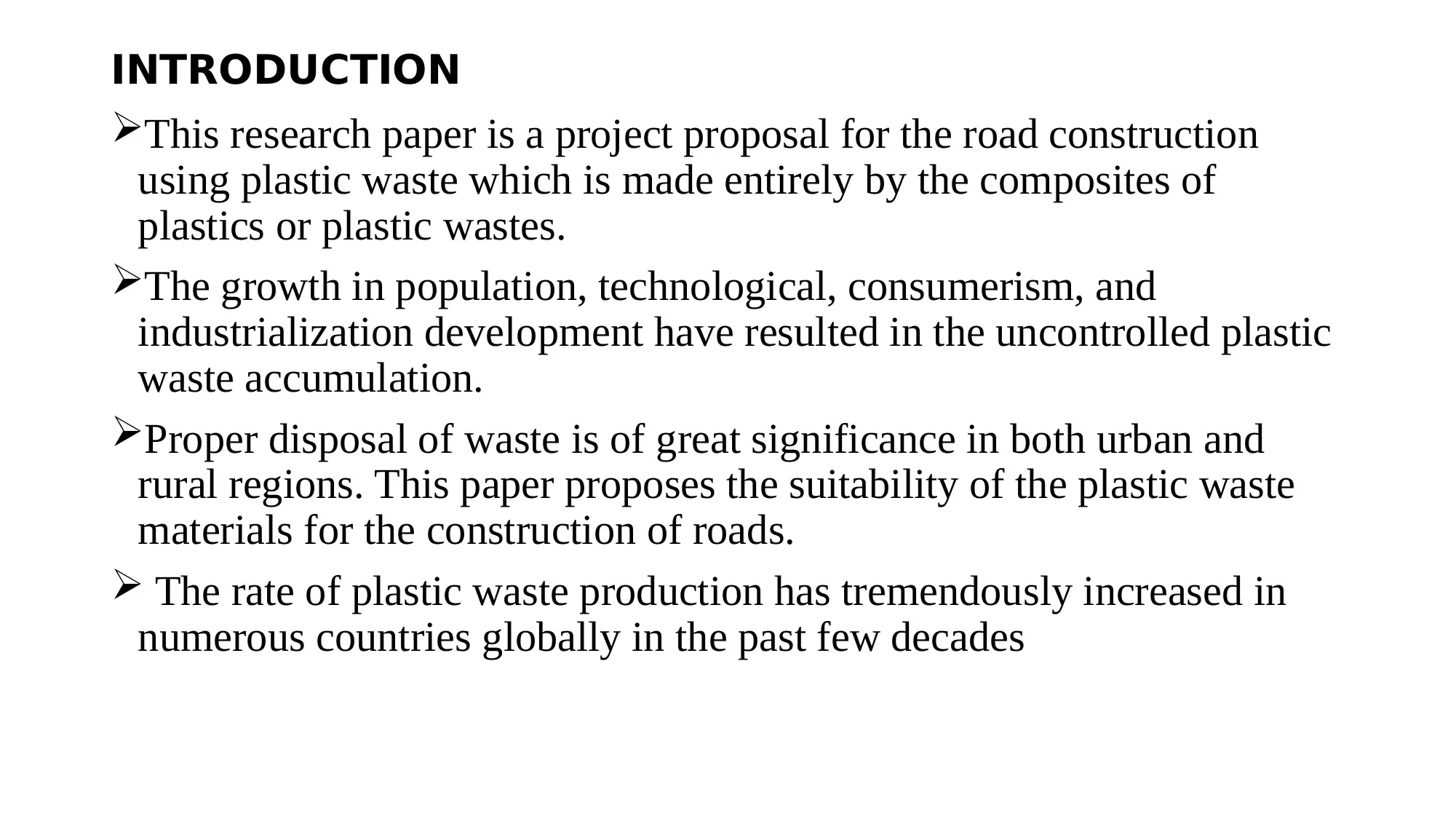
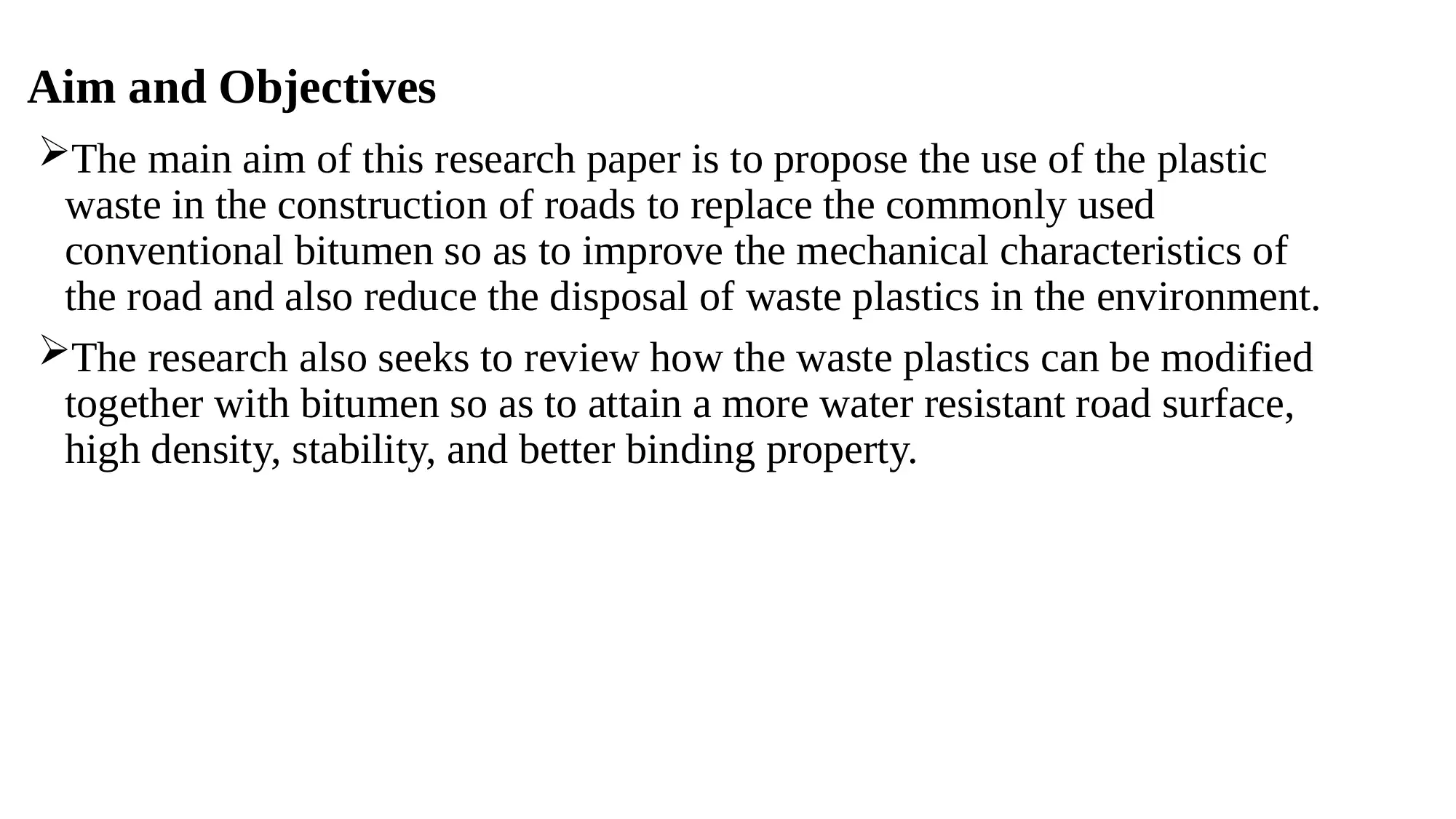

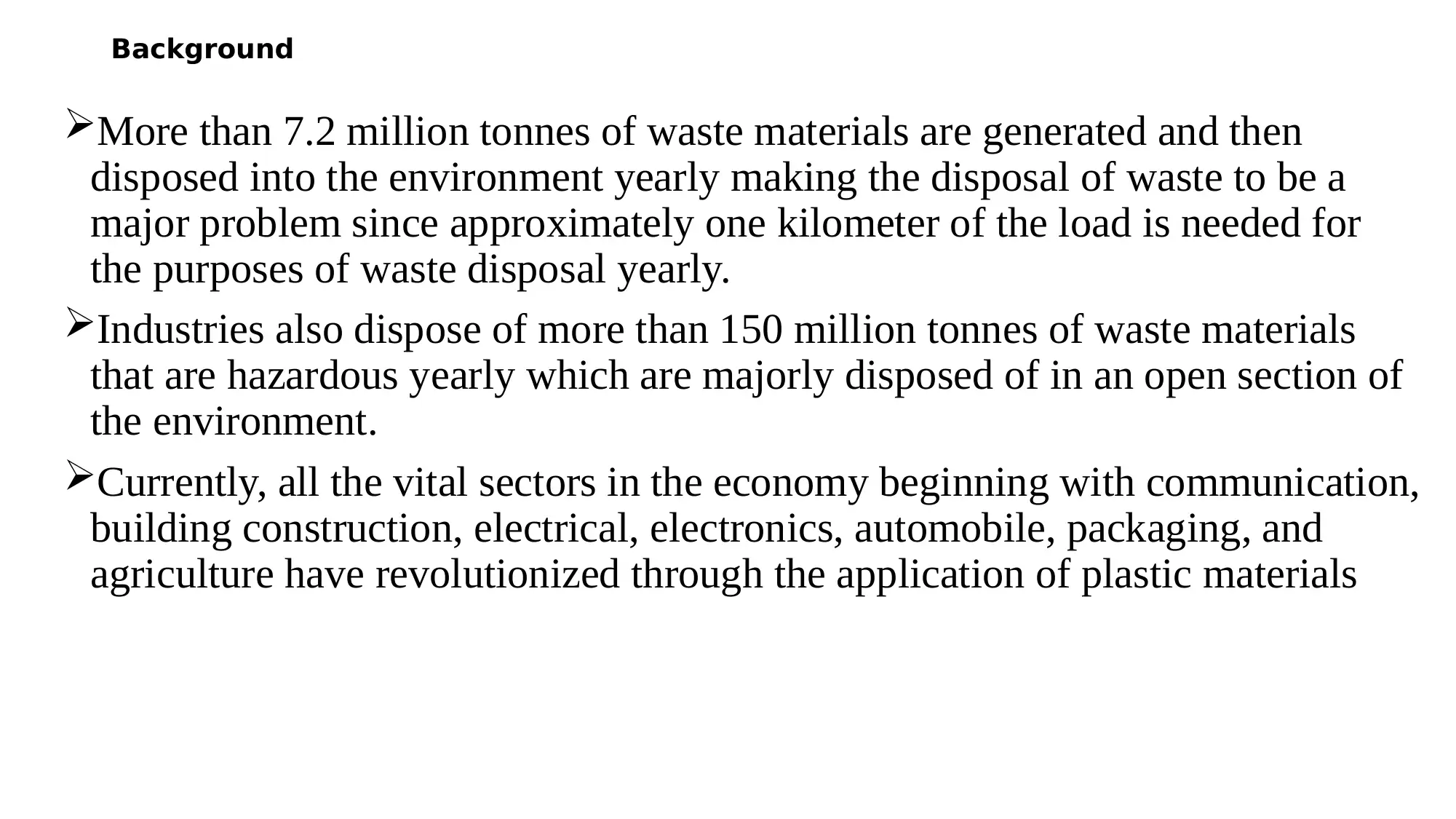
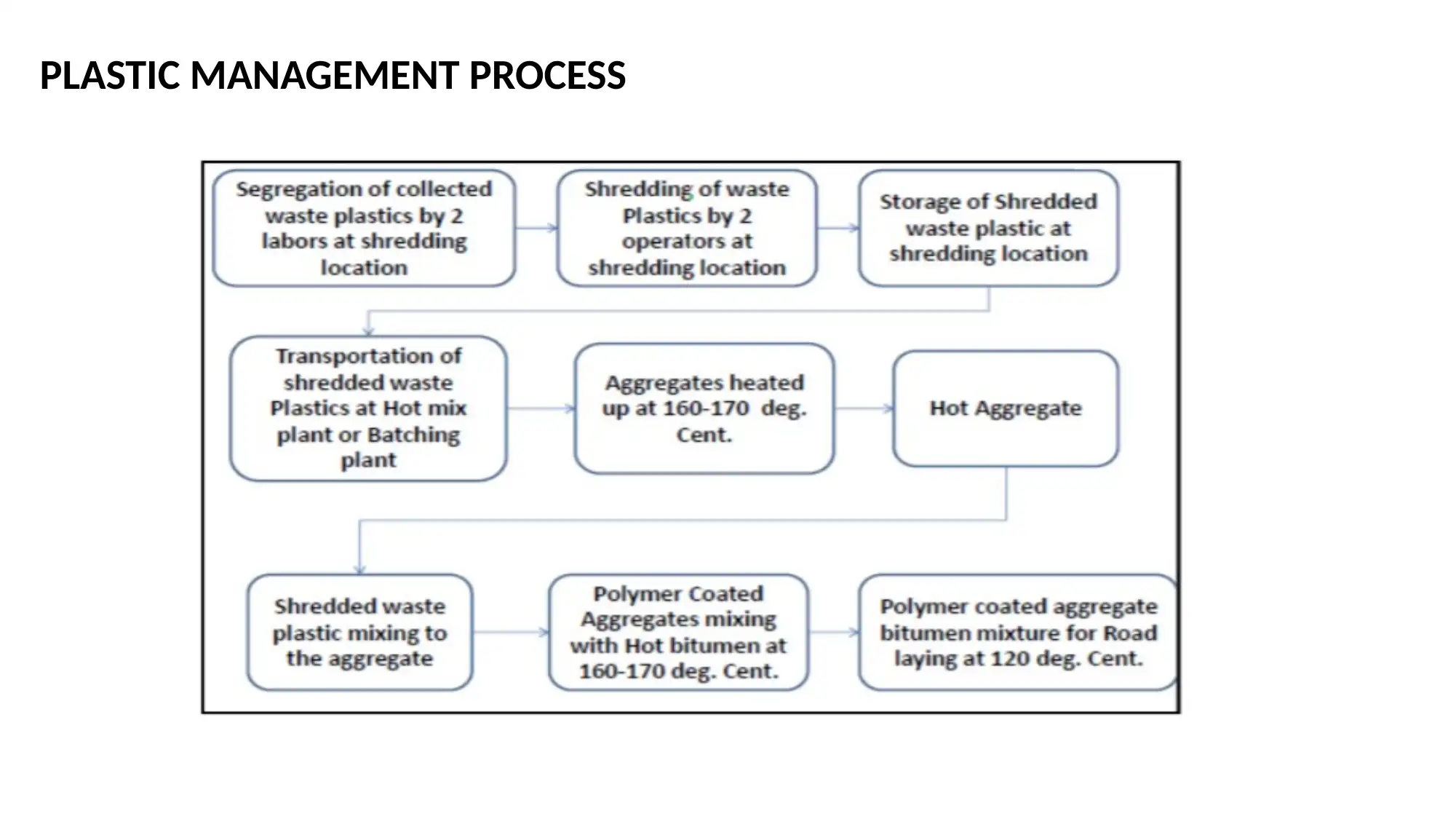
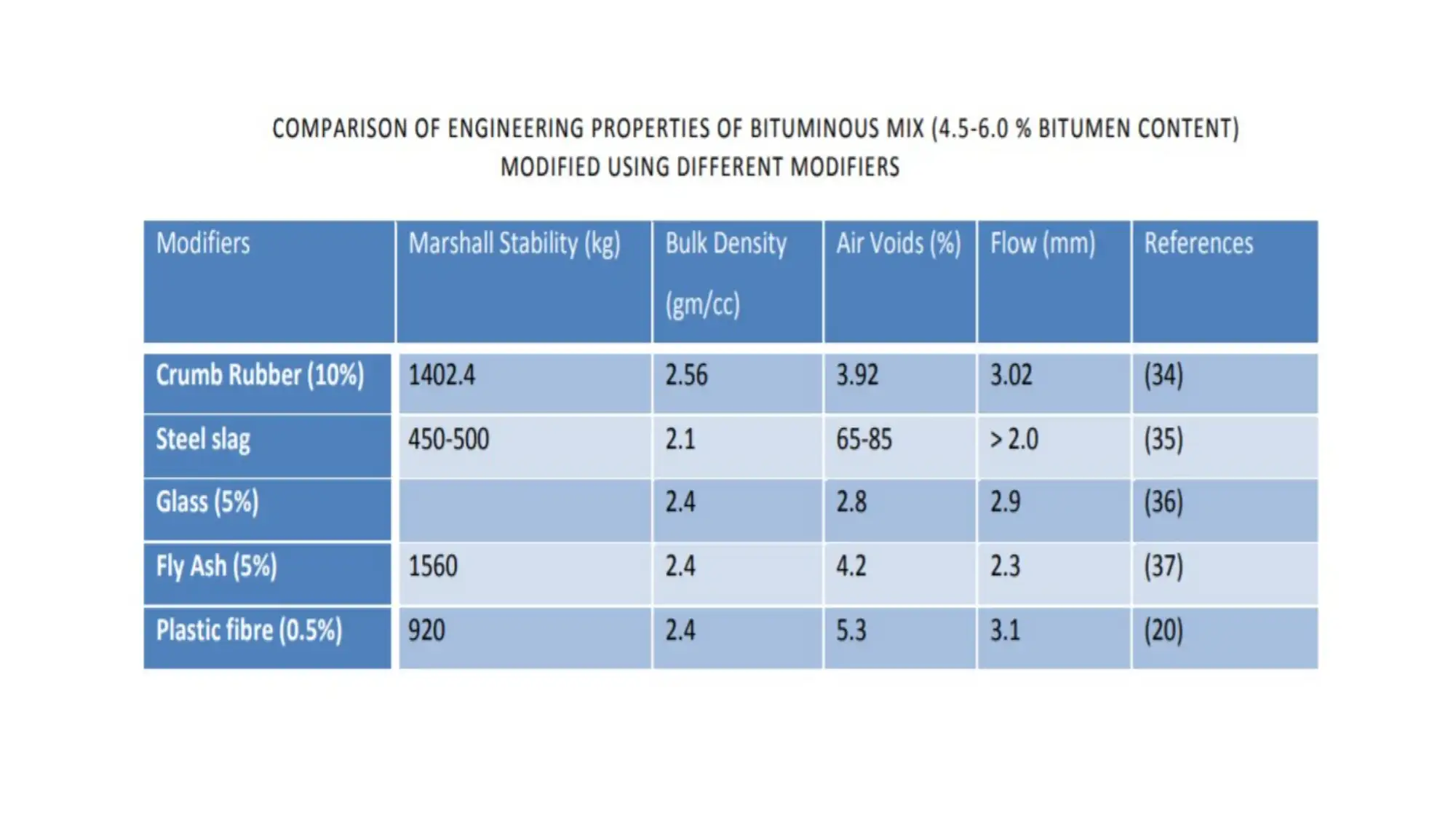
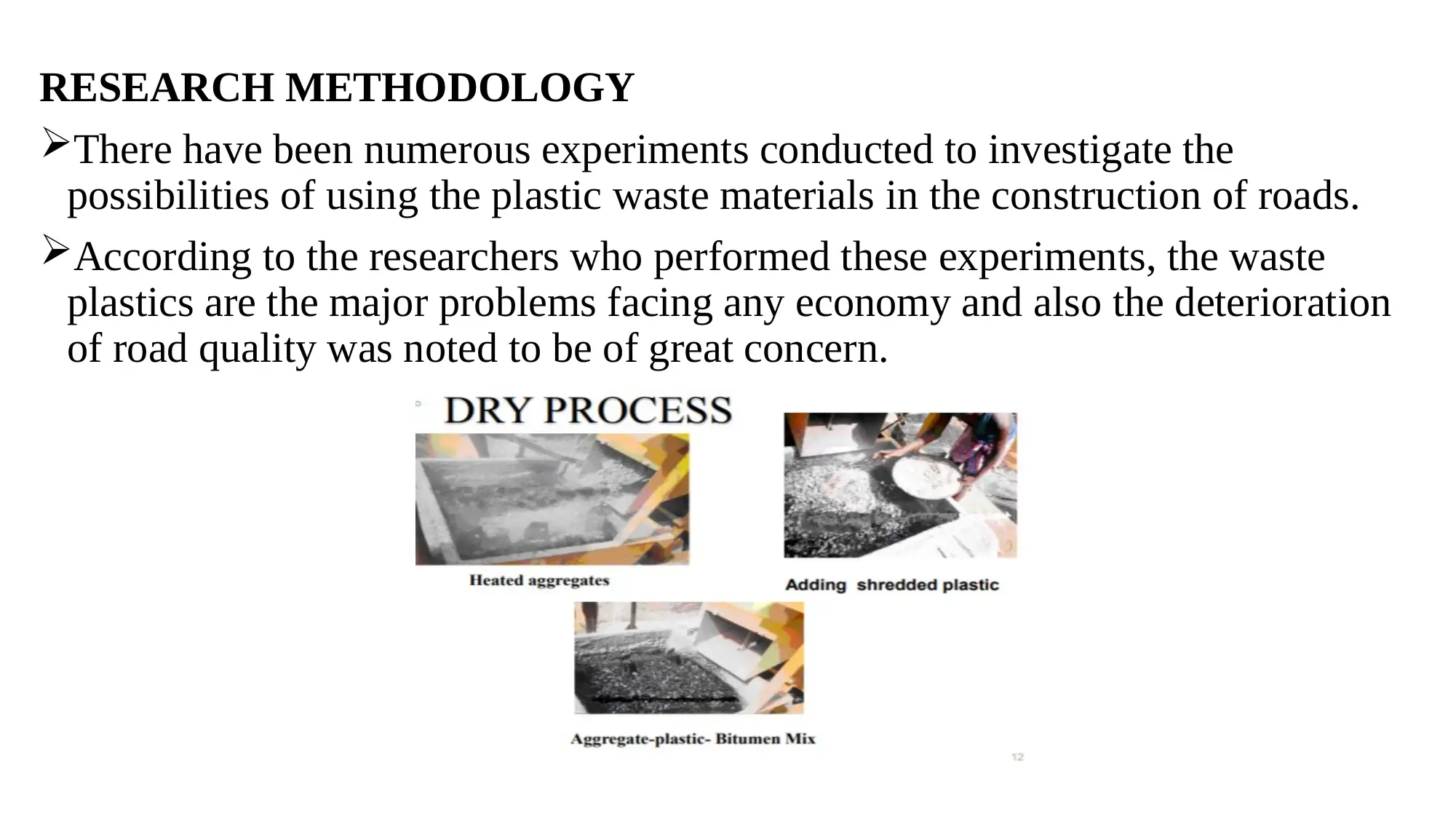
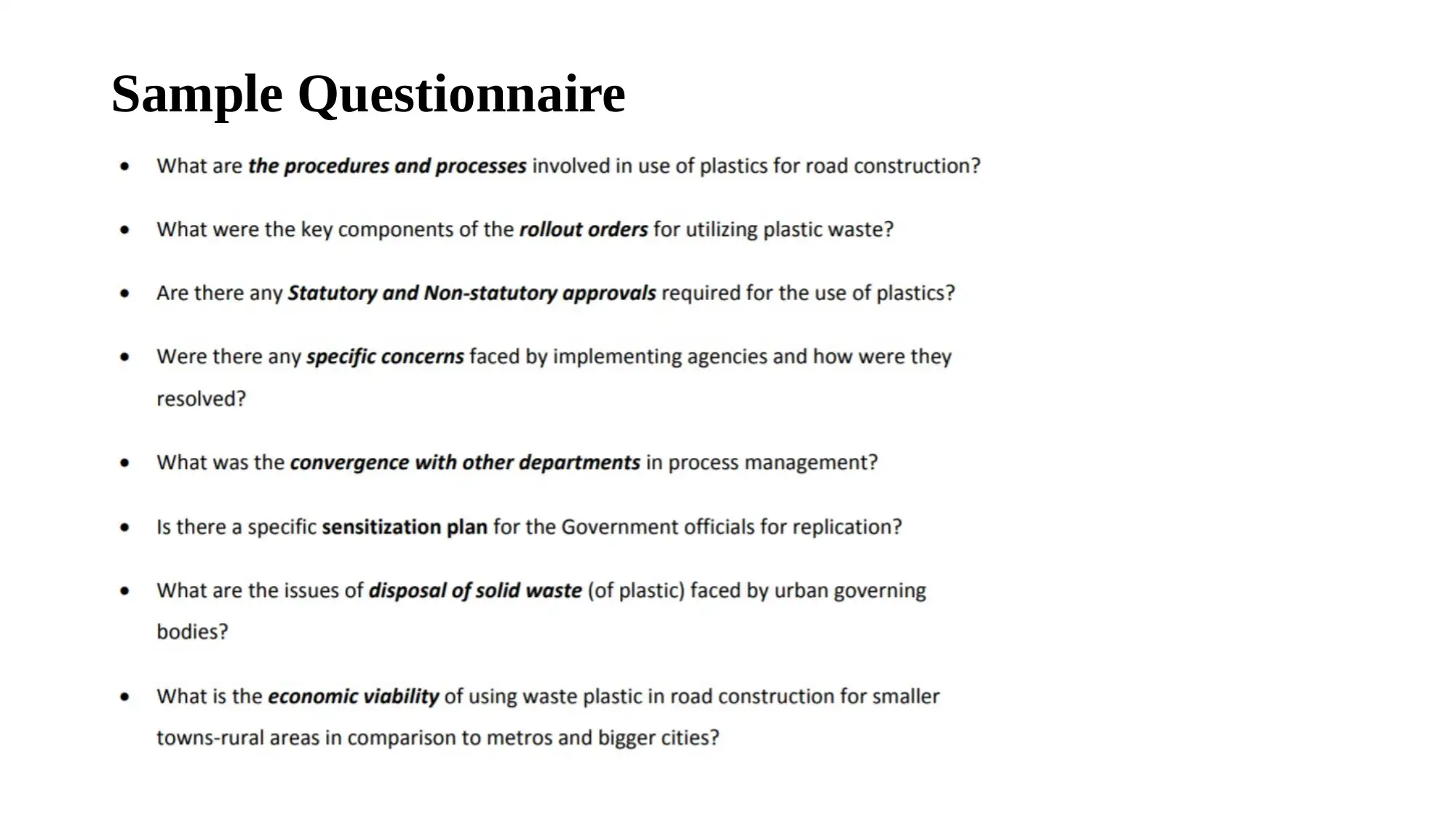
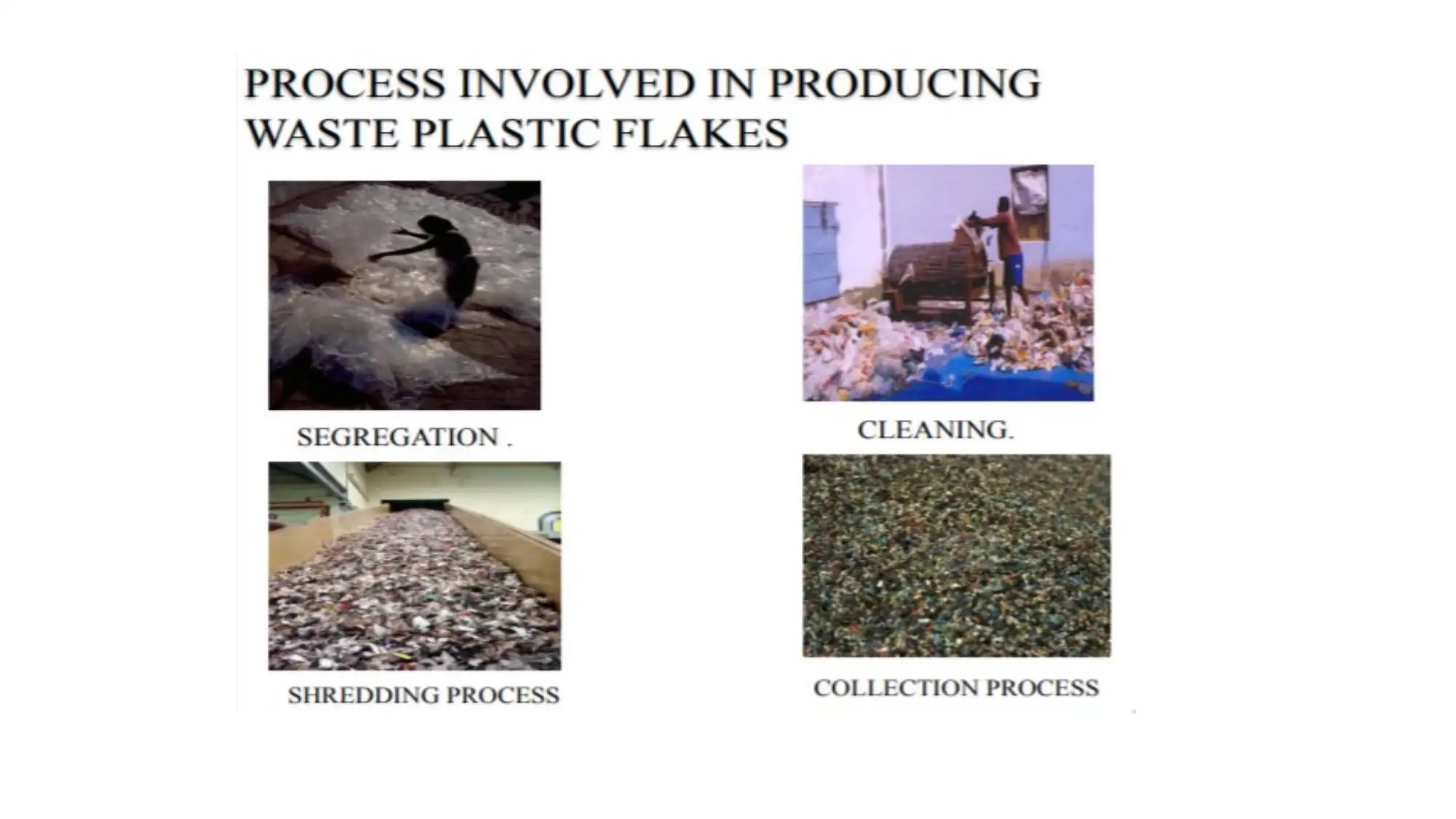
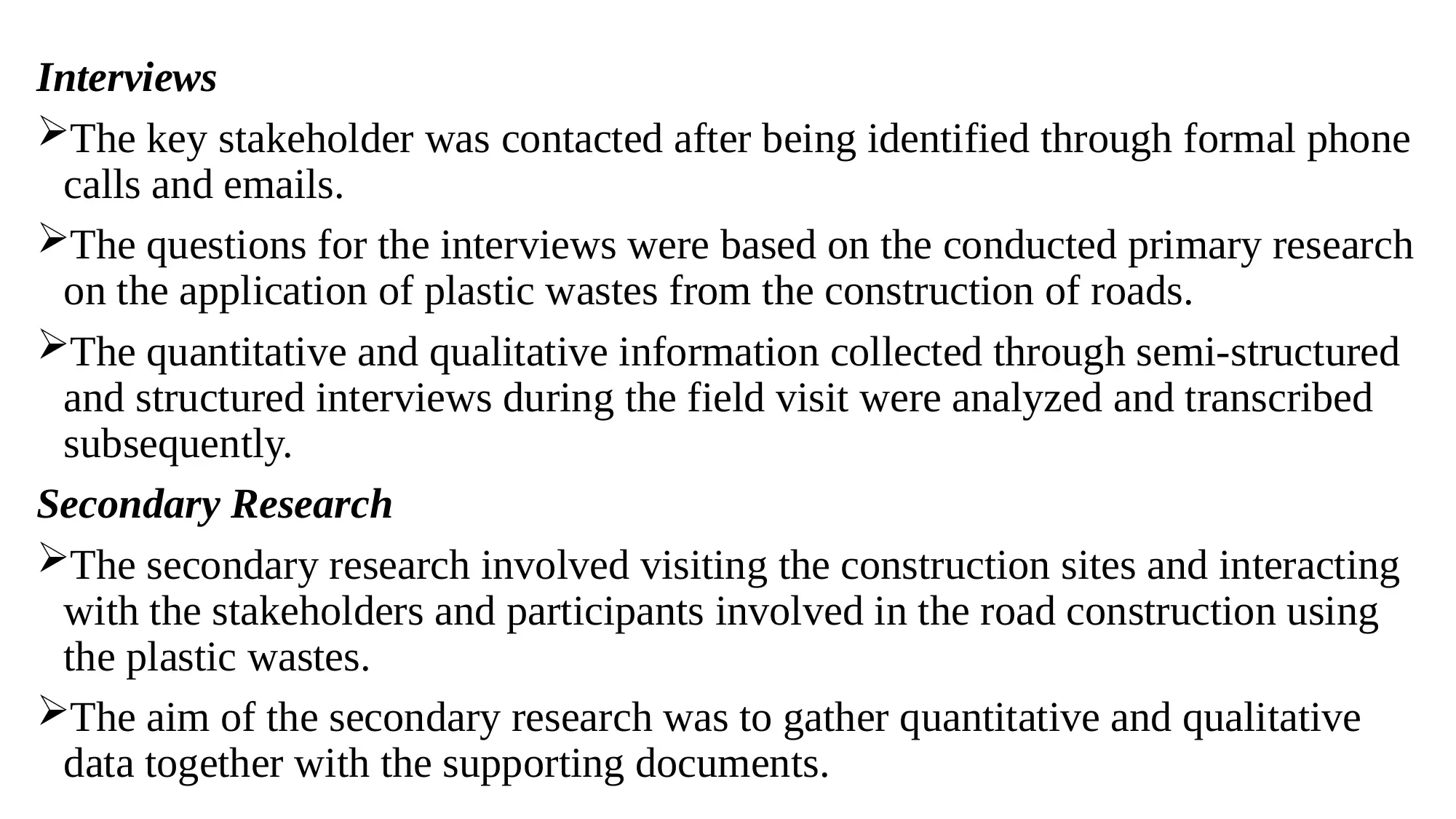
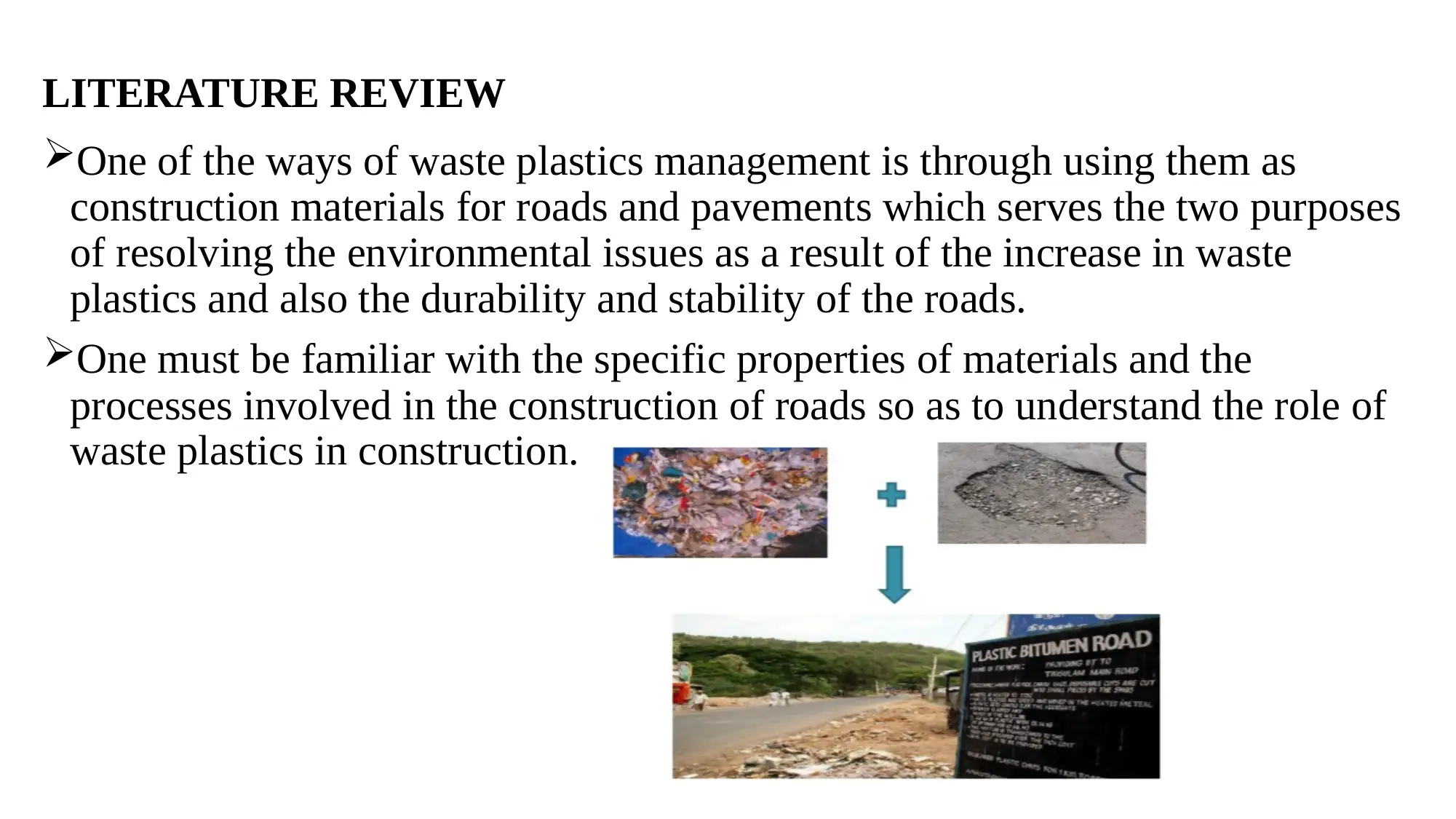
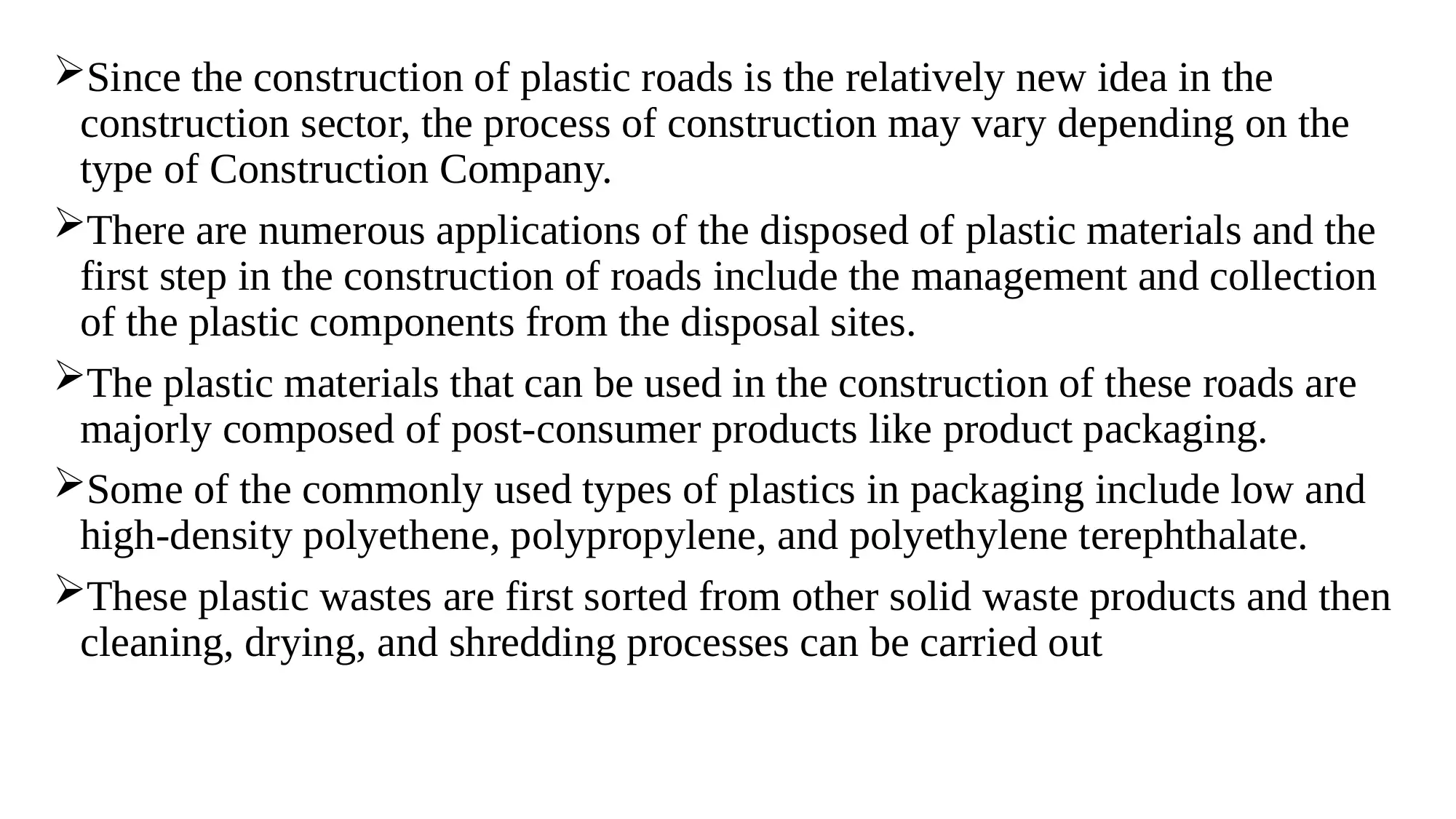






![[object Object]](/_next/static/media/star-bottom.7253800d.svg)